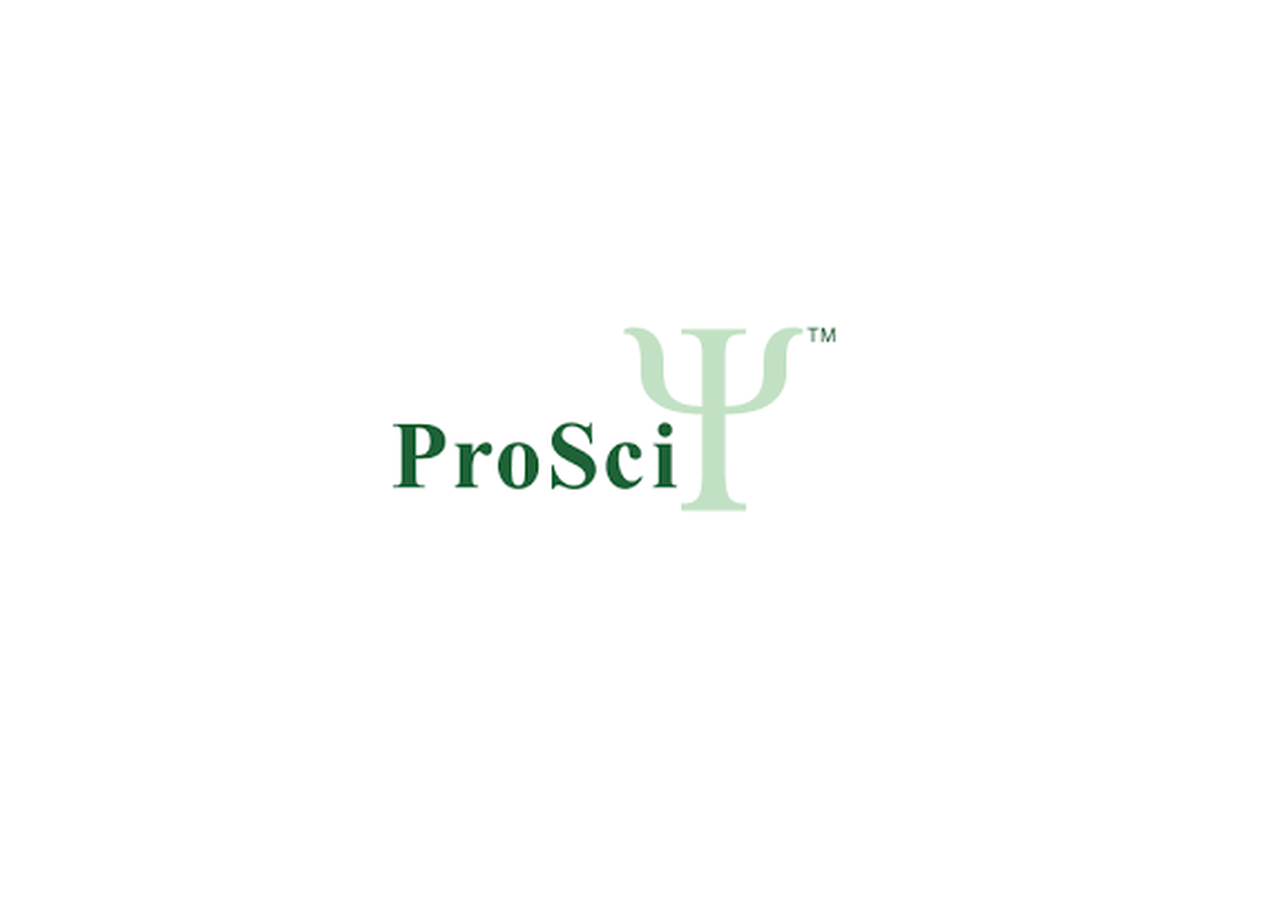Product Description
NOD2 Antibody | 2513 | ProSci
Host: Rabbit
Reactivity: Human
Homology: Predicted species reactivity based on immunogen sequence: Bovine: (77%) , Mouse: (77%)
Immunogen: Rabbit NOD2 polyclonal antibody was raised against a synthetic peptide corresponding to 14 amino acids at the carboxy terminus of human NOD2.
The immunogen is located within the last 50 amino acids of NOD2.
Research Area: Apoptosis
Tested Application: E, WB, ICC, IF
Application: NOD2 antibody can be used for detection of Noxa by Western blot at 2 to 4 μg/mL. Antibody can also be used for immunocytochemistry starting at 10 μg/mL. For immunofluorescence start at 20 μg/mL.
Antibody validated: Western Blot in human samples; Immunocytochemistry in human samples and Immunofluorescence in human samples. All other applications and species not yet tested.
Specificiy: NOD2 has no cross-reaction with NOD1.
Positive Control 1: Cat. No. 1201 - HeLa Cell Lysate
Positive Control 2: Cat. No. 17-001 - HeLa Cell Slide
Positive Control 3: N/A
Positive Control 4: N/A
Positive Control 5: N/A
Positive Control 6: N/A
Molecular Weight: 114 kDa
Validation: N/A
Isoform: N/A
Purification: NOD2 Antibody is immunoaffinity chromatography purified IgG.
Clonality: Polyclonal
Clone: N/A
Isotype: IgG
Conjugate: Unconjugated
Physical State: Liquid
Buffer: NOD2 Antibody is supplied in PBS containing 0.02% sodium azide.
Concentration: 1 mg/mL
Storage Condition: NOD2 antibody can be stored at 4˚C for three months and -20˚C, stable for up to one year. As with all antibodies care should be taken to avoid repeated freeze thaw cycles. Antibodies should not be exposed to prolonged high temperatures.
Alternate Name: NOD2 Antibody: CD, ACUG, BLAU, IBD1, NLRC2, NOD2B, CARD15, CLR16.3, PSORAS1, Nucleotide-binding oligomerization domain-containing protein 2, Caspase recruitment domain-containing protein 15
User Note: Optimal dilutions for each application to be determined by the researcher.
BACKGROUND: NOD2 Antibody: Apaf-1 and NOD1 are members of a new family, which are involved in the regulation of apoptosis and immune response. Each of them contains a caspase recruitment domain (CARD) and a nucleotide-binding oligomerization domain (NOD) . A third member in this family was recently identified and designated NOD2. NOD2 interacts with RICK via a homophilic CARD-CARD interaction. NOD2 activates NF-κB, which is regulated by its carboxy-terminal leucine-rich repeat domain that acts as an intracellular receptor for components of bacteria. The variants of NOD2, either a frameshift or a missense, were associated with Crohn's disease that is a main type of chronic inflammatory bowel disease.
 Euro
Euro
 USD
USD
 British Pound
British Pound
 NULL
NULL
















